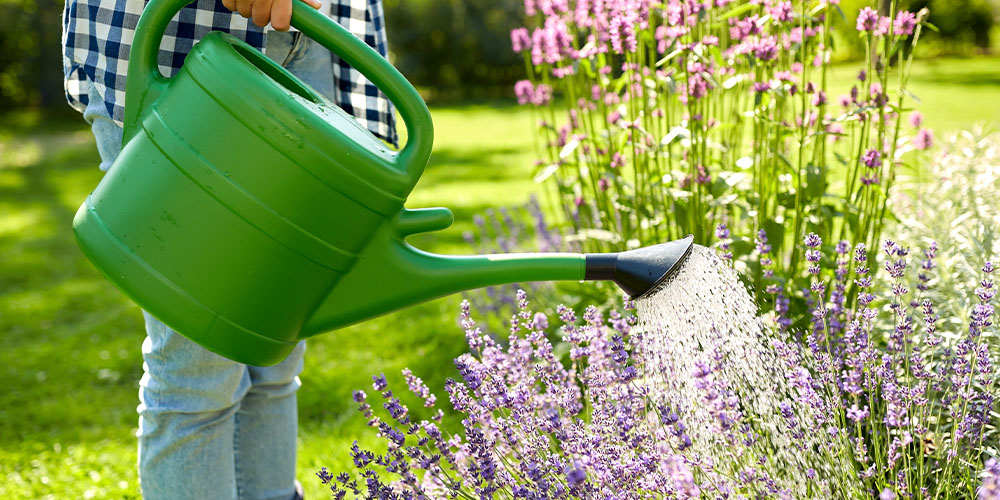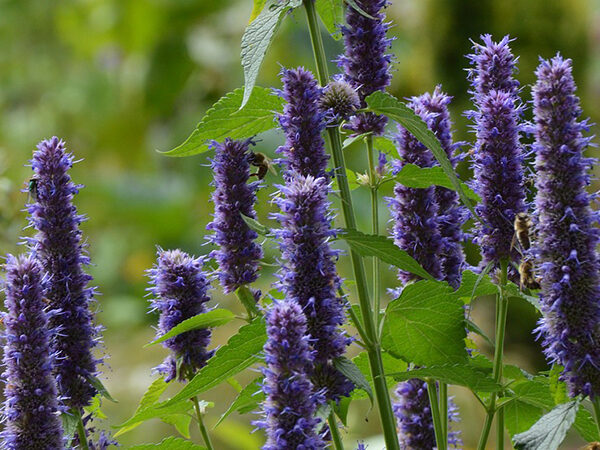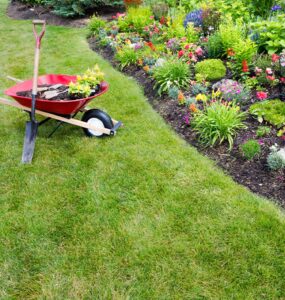
Choosing between perennials and annuals is a common conundrum for gardeners. Each type of plant offers its own unique set of benefits and challenges, making the decision a critical one for achieving a thriving and beautiful garden. Let’s dive into the world of perennials and annuals, drawing on the expert insights of Salisbury Greenhouse to help you make the best choice for your garden.
What Are Perennials?
Perennials are the backbone of many gardens, coming back year after year to provide long-term beauty and stability. These hardy plants go dormant in the winter, storing energy in their root systems, and burst back to life in the spring and summer. Popular perennials include hostas, peonies, daylilies, and lavender.
Benefits of Perennials
- Longevity: Once established, perennials return every year, reducing the need for frequent replanting.
- Lower Maintenance: With proper care, they require less annual upkeep compared to replanting annuals.
- Variety: Perennials offer a wide range of colours, shapes, and sizes, enhancing garden diversity.
- Versatility: Suitable for borders, beds, and containers, they fit into many garden designs.
Challenges of Perennials
- Higher Initial Cost: Perennials can be more expensive to purchase initially due to their long-term growth potential.
- Establishment Time: They may take a few seasons to reach their full size and bloom potential.
- Regular Maintenance: Tasks like deadheading, pruning, and dividing are necessary to keep them healthy and vigorous.
- Pest and Disease Management: Perennials can harbor pests and diseases that persist year after year.

Learn More about Perennials:
What Are Annuals?
Annuals are the sprinters of the garden world, completing their entire life cycle in one growing season. They germinate, bloom, set seed, and die all within a few months, making them a go-to for vibrant, seasonal colour. Common annuals include petunias, marigolds, zinnias, and impatiens.
Benefits of Annuals
- Instant Colour: Annuals provide immediate, vibrant blooms, perfect for filling gaps and creating seasonal displays.
- Flexibility: Their short lifespan allows you to redesign your garden each year.
- Quick Growth: They grow rapidly, offering a fast way to achieve a lush, colourful garden.
- Diverse Options: A wide variety of annuals are available to suit any colour scheme or garden style.
Challenges of Annuals
- Yearly Replanting: Annuals need to be replanted each year, which can be labor-intensive.
- Higher Ongoing Costs: Purchasing new plants or seeds annually can become expensive.
- Frequent Maintenance: Regular watering, fertilizing, and deadheading are required to keep annuals looking their best.
- Environmental Impact: Annuals require more resources, including water and soil amendments, leading to a greater environmental footprint.
Key Differences
- Life Span: Perennials live for multiple years, whereas annuals complete their life cycle in one season.
- Maintenance: Perennials need periodic maintenance but less frequent planting. Annuals require yearly planting and more regular upkeep.
- Cost: Perennials have a higher initial cost but can be more economical long-term. Annuals have lower upfront costs but higher ongoing expenses.
- Design Flexibility: Annuals allow for yearly redesigns, while perennials provide a stable, lasting garden structure.
Which Should You Choose?
The choice between perennials and annuals depends on your gardening goals, budget, and the amount of time you can dedicate to maintenance. For long-term beauty and stability, perennials are ideal. If you enjoy vibrant seasonal colour and the ability to redesign your garden annually, annuals are the way to go. Many gardeners find that a mix of both types offers the best of both worlds, providing structure with perennials and adding seasonal interest with annuals.
By understanding the strengths and challenges of each plant type, you can create a garden that fits your vision and thrives in your local climate. Happy gardening!
















